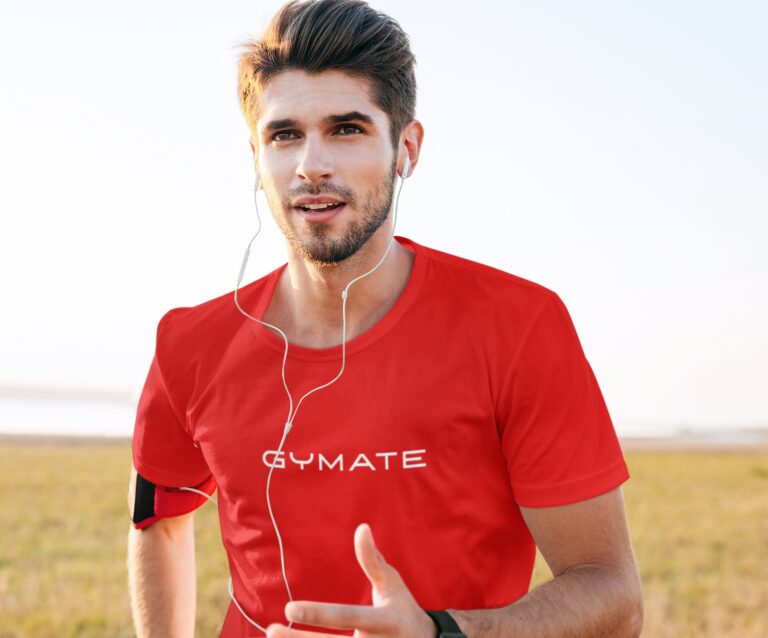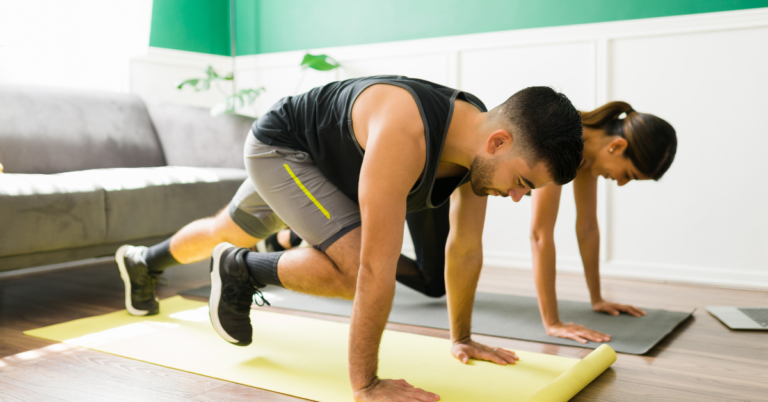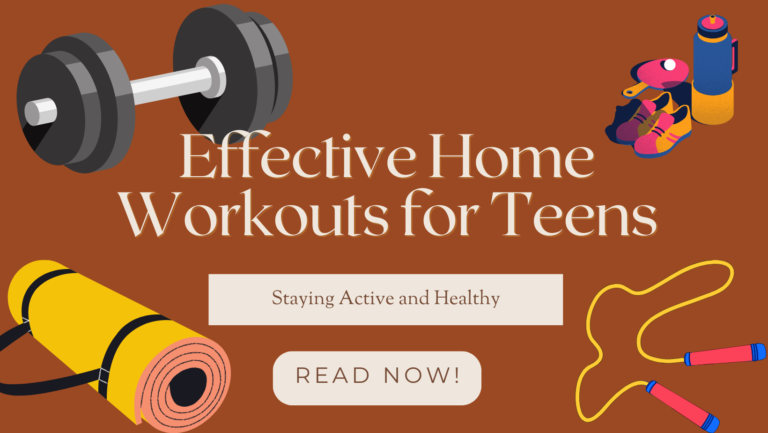In a world where staying physically active is more important than ever, home workouts have gained significant popularity, especially among teenagers. Engaging in regular exercise not only improves physical fitness but also has a positive impact on mental well-being. In this comprehensive guide, we will explore age-appropriate exercise routines that can be done without special equipment, highlighting their significance for the overall fitness and well-being of teens.
The Importance of Regular Physical Activity for Teens
Physical activity plays a crucial role in the health and development of teenagers. Regular exercise offers a multitude of benefits, including:
- Physical Fitness: Exercise helps improve cardiovascular health, build strength, and enhance flexibility and endurance.
- Mental Well-being: Physical activity is linked to reduced stress, anxiety, and depression. It can boost mood and self-esteem.
- Healthy Weight Management: Regular exercise helps maintain a healthy weight and reduces the risk of obesity.
- Bone Health: Weight-bearing activities, such as strength training and jumping exercises, promote strong and healthy bones.
- Better Academic Performance: Research suggests that physical activity can enhance cognitive function and concentration, leading to improved academic performance.
Age-Appropriate Home Workouts for Teens
Teenagers can engage in effective home workouts without the need for specialized equipment. These routines are tailored to their age and fitness level:
1. Bodyweight Exercises
- Push-Ups: Builds upper body strength. Start with 2-3 sets of 10-15 reps.
- Squats: Strengthens lower body muscles. Aim for 2-3 sets of 15-20 reps.
- Planks: Enhances core stability. Hold for 30-60 seconds, repeating 2-3 times.
2. Cardiovascular Exercises
- Jumping Jacks: Increases heart rate and burns calories. Perform 3 sets of 30 seconds.
- High Knees: Boosts cardiovascular fitness. Do 3 sets of 30 seconds.
- Burpees: A full-body exercise that improves endurance. Start with 2-3 sets of 10-15 reps.
3. Yoga and Stretching
- Yoga Poses: Improve flexibility and promote relaxation. Include poses like downward dog, child’s pose, and the warrior series.
- Static Stretching: Stretch major muscle groups after workouts to prevent stiffness.
4. HIIT (High-Intensity Interval Training)
- Interval Sprints: Run in place or do high knees for 30 seconds, followed by 30 seconds of rest. Repeat for 10 minutes.
- Mountain Climbers: Engage core and improve cardiovascular fitness. Perform for 30 seconds, rest for 30 seconds, and repeat.
5. Dance Workouts
- Zumba or Dance Videos: Engaging and fun, dance workouts are an excellent way to get moving and burn calories.
The Role of Consistency
Consistency is key when it comes to reaping the benefits of home workouts. Teens should aim for at least 60 minutes of moderate to vigorous physical activity every day, as recommended by the NHS. Additionally, mixing up different types of exercises ensures a well-rounded fitness routine and prevents boredom.
Staying Safe During Home Workouts
While exercise is essential, safety should always be a priority. Here are some safety tips for teens engaging in home workouts:
- Proper Form: Emphasize the importance of maintaining correct form during exercises to prevent injury.
- Warm-Up and Cool-Down: Encourage teens to include warm-up and cool-down routines to prepare their bodies for exercise and reduce the risk of muscle soreness.
- Stay Hydrated: Adequate hydration is crucial. Remind them to drink water before, during, and after workouts.
- Listen to Their Bodies: Teach teens to pay attention to their bodies. If they experience pain or discomfort, they should stop the exercise and seek guidance.
Conclusion
In conclusion, home workouts offer teenagers a convenient and effective way to stay active and maintain their overall fitness and well-being. By engaging in age-appropriate exercises that require no special equipment, teens can reap the numerous physical and mental health benefits of regular physical activity. Encourage consistency, emphasize safety, and support them in their journey toward a healthier lifestyle through home workouts.

